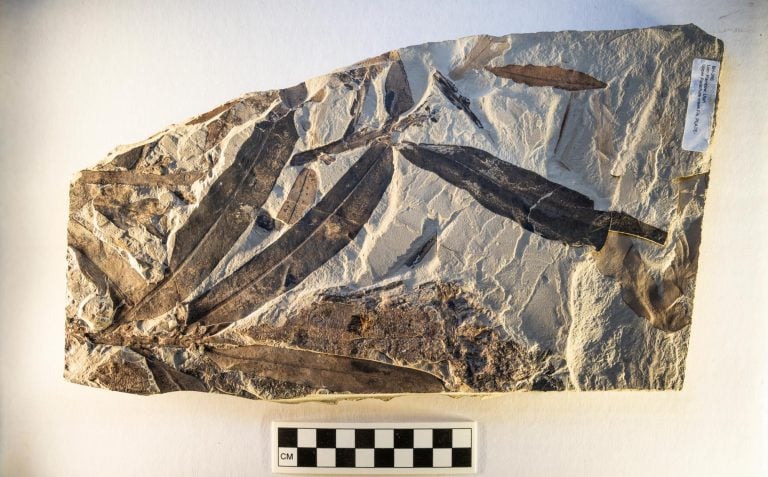In 1969, a fossilized leaf was discovered in eastern Utah, sparking curiosity among scientists. Initially thought to be related to modern ginseng, the plant, known as Othniophyton elongatum or “alien plant,” has been shrouded in mystery for decades. Recent discoveries have shed new light on this enigmatic plant, revealing that it’s even stranger than previously believed.
A Unique Plant with Distinctive Features
A team of researchers, led by Steven Manchester, curator of paleobotany at the Florida Museum of Natural History, has been studying the fossilized remains of Othniophyton elongatum. The team’s findings, published in the journal Annals of Botany, reveal that the plant had distinctive flowers, fruits, and leaves that don’t match any known living plant family.
The Challenge of Classification
Despite extensive analysis, the researchers were unable to classify the plant within any existing family or genus. This raises important questions about the diversity of ancient plant life and the potential for undiscovered families of plants.
A Glimpse into the Past
The fossils of Othniophyton elongatum were found in the Green River Formation, a geological formation in eastern Utah that dates back 47 million years. The area was once a massive inland lake system, providing ideal conditions for fossil preservation. The discovery of this “alien plant” offers a fascinating glimpse into the evolution of plant life on Earth.
Implications for Our Understanding of Plant Diversity
The study’s findings highlight the potential for undiscovered plant families and challenge our current understanding of plant diversity. By reevaluating the fossil record and considering the possibility of unknown plant families, scientists can gain a more accurate understanding of the evolution of plant life on Earth.
The “Alien Plant” Remains an Enigma
While the discovery of Othniophyton elongatum has shed new light on this mysterious plant, many questions remain unanswered. As scientists continue to study the fossil record and explore the diversity of plant life, the “alien plant” remains an intriguing enigma, inspiring further research and discovery.

















